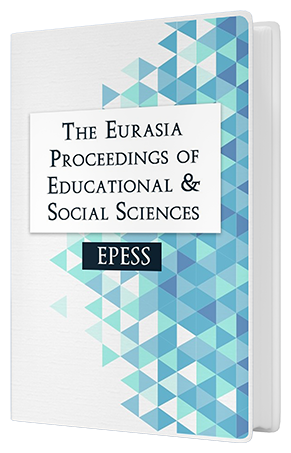INTEGRATING STEM INTO EARLY CHILDHOOD EDUCATION: IS IT FEASIBLE?
Keywords:
Project-based inquiry learning, STEM education, early childhood educationAbstract
This paper aims to determine the feasibility of integrating STEM into the early childhood education. As such, a survey design was deemed appropriate. Purposive sampling technique was used in which 22 early childhood teachers from 19 urban and rural childcare centres in Malaysia were selected for this study. These 22 early childhood teachers were familiarised to the use of Problem-Based Inquiry Learning (PIL) in integrating STEM by means of 10 authors-developed STEM Projects through a three-day fully residential training workshop. Upon the completion of the training workshop, the teachers were supported in integrating STEM in their respective classrooms for five-month duration during which, an implementation of a maximum of five STEM Projects was aspired. Two sources of data were gathered from the teachers to determine the suitability of STEM integration in early childhood education: (1) at the end of the training workshop where teachers reported on the suitability of the STEM Projects for early childhood pupils aged 3 to 4+, and (2) at the end of the five-month classroom implementation where teachers reported on the STEM Projects which they have carried out with their 3-4+ year-old children. Findings indicated that, while two of the 10 STEM Projects were perceived as less appropriate by at least 50% of the teachers, eight other STEM Projects were deemed as appropriate. The actual implementation of STEM Projects among the teachers ranges between 60% to 100%, with a mean of 81%. This paper ends with a discussion on the characteristics of the appropriate STEM projects for 3 to 4+ year olds, and equally, implications for STEM education are proffered.Downloads
Published
Issue
Section
License
Copyright (c) 2016 The Eurasia Proceedings of Educational and Social Sciences

This work is licensed under a Creative Commons Attribution-NonCommercial-ShareAlike 4.0 International License.
The articles may be used for research, teaching, and private study purposes. Any substantial or systematic reproduction, redistribution, reselling, loan, sub-licensing, systematic supply, or distribution in any form to anyone is expressly forbidden. Authors alone are responsible for the contents of their articles. The journal owns the copyright of the articles. The publisher shall not be liable for any loss, actions, claims, proceedings, demand, or costs or damages whatsoever or howsoever caused arising directly or indirectly in connection with or arising out of the use of the research material. All authors are requested to disclose any actual or potential conflict of interest including any financial, personal or other relationships with other people or organizations regarding the submitted work.




